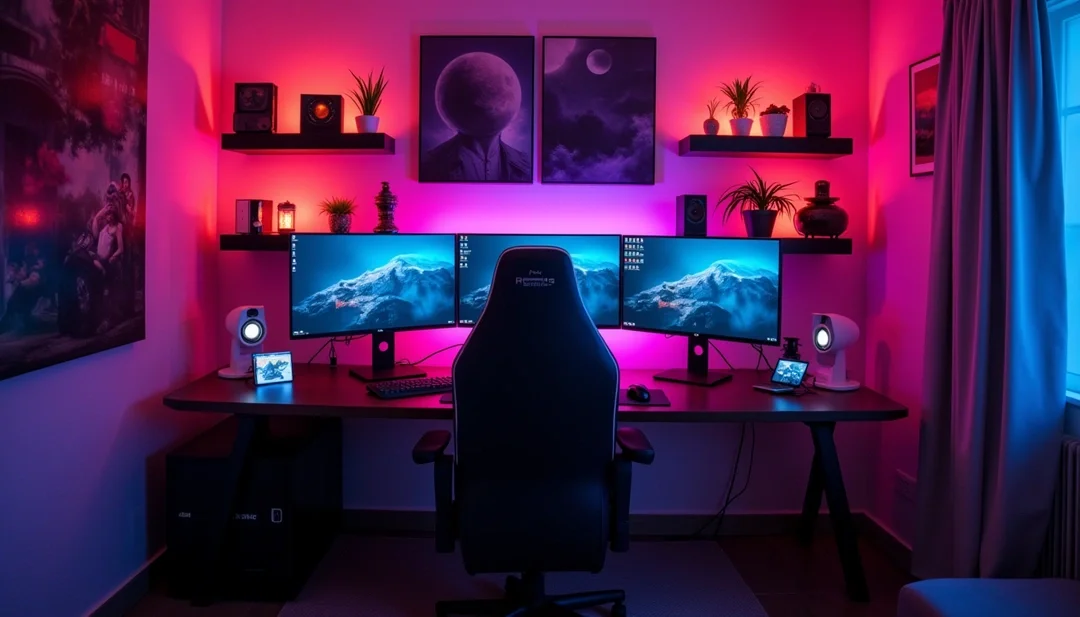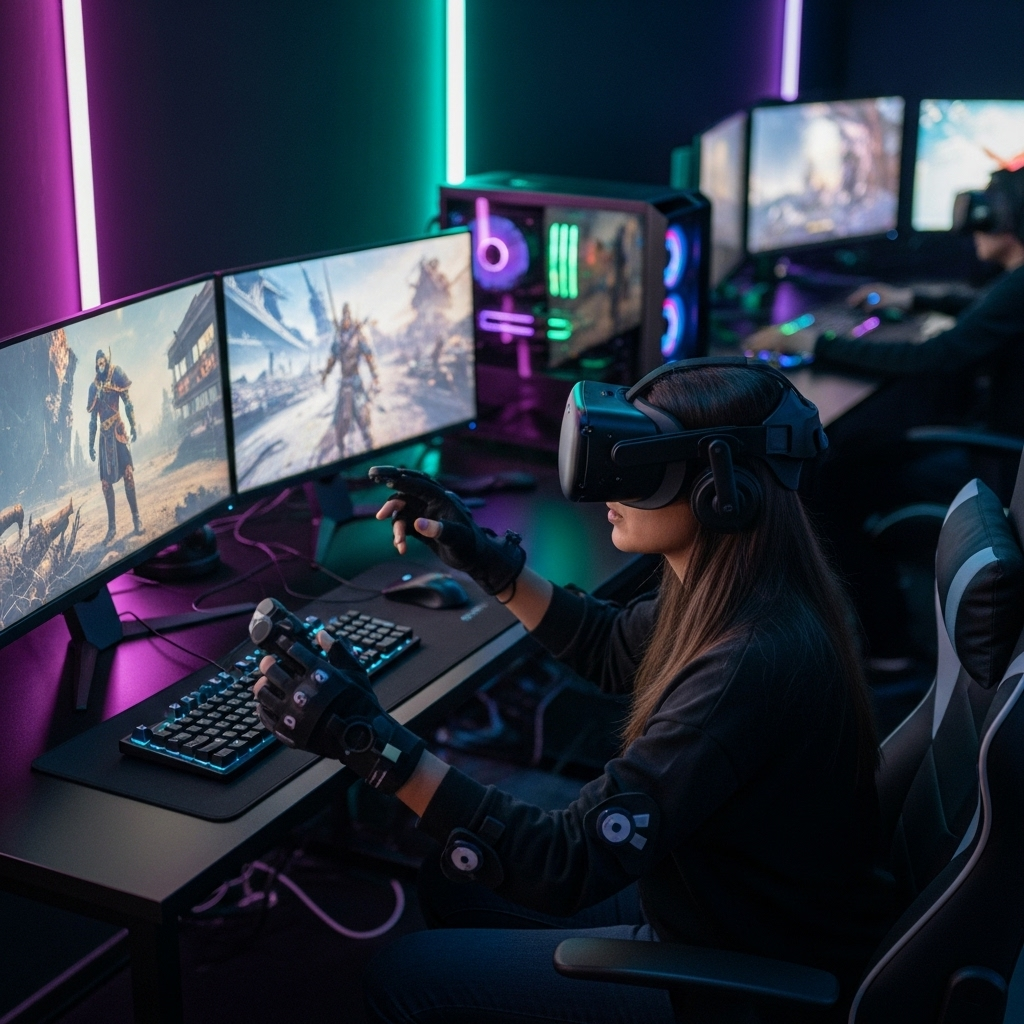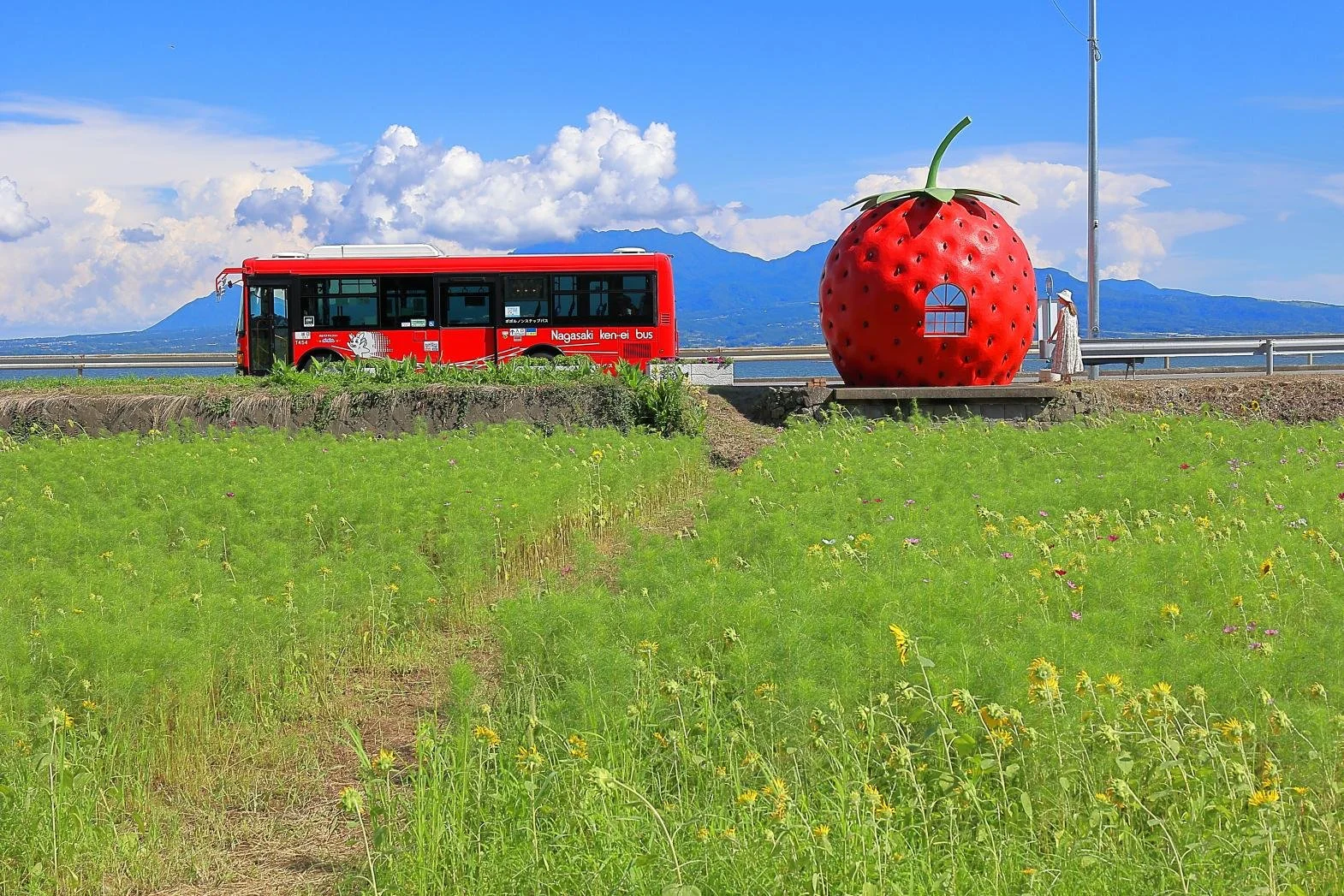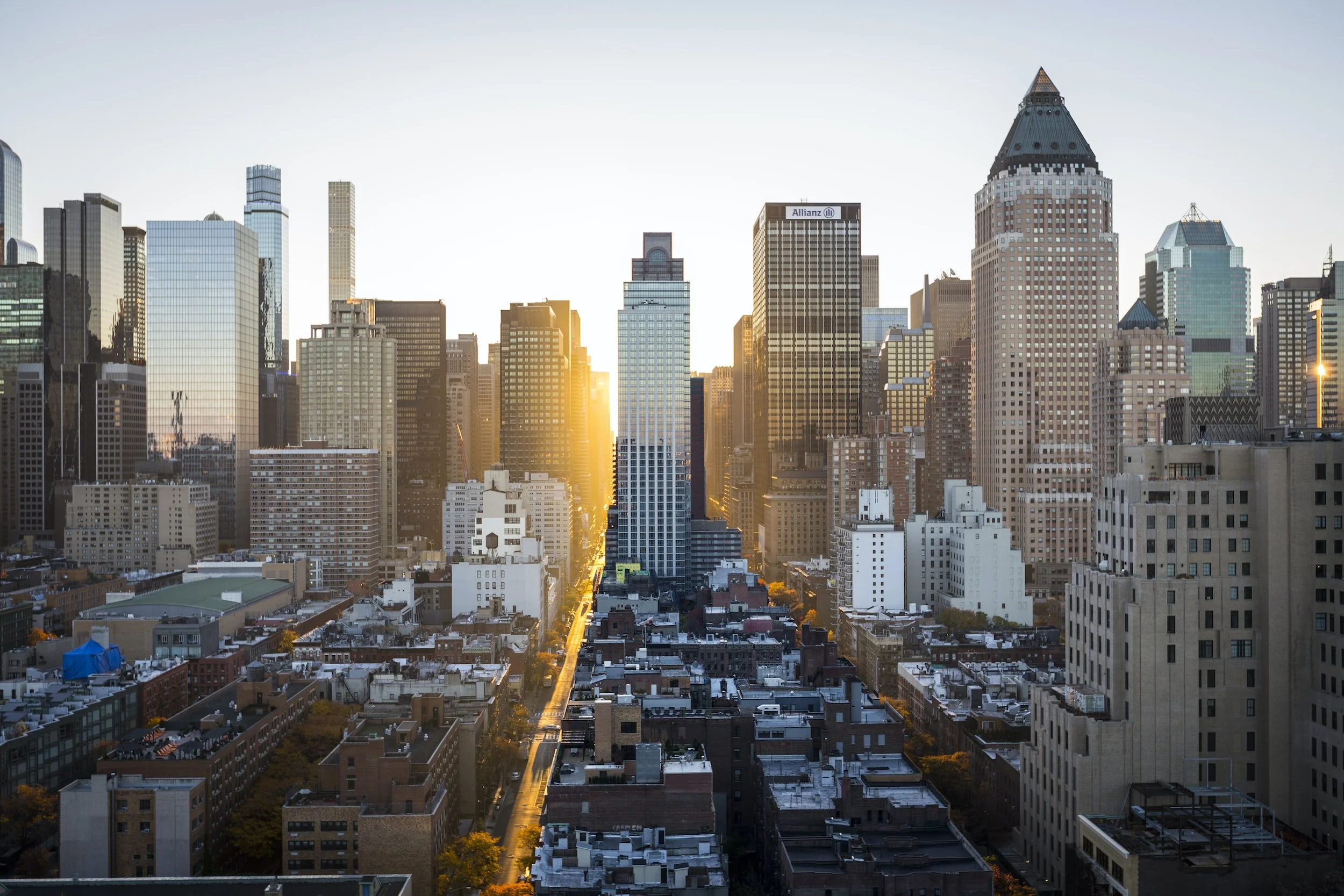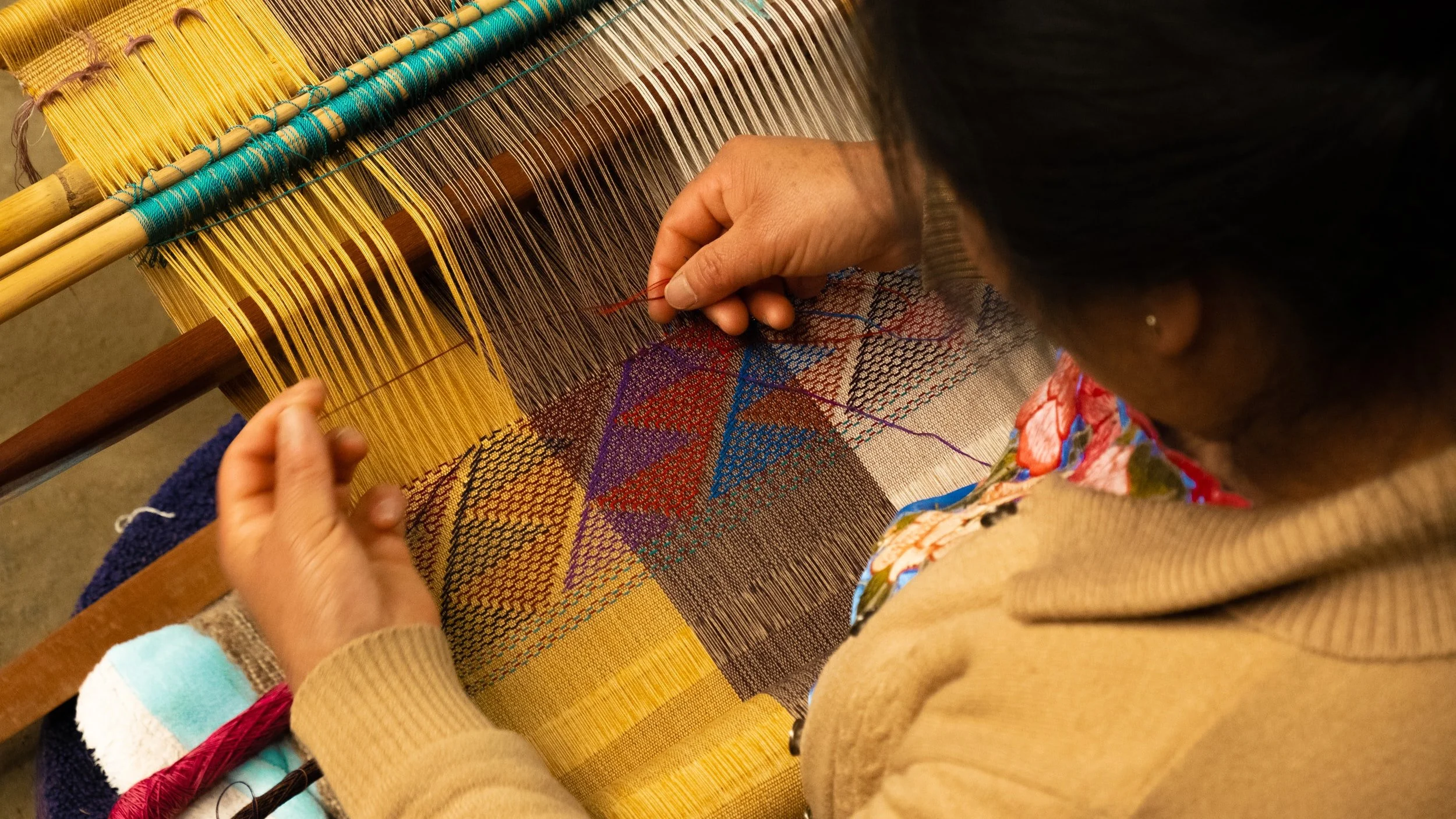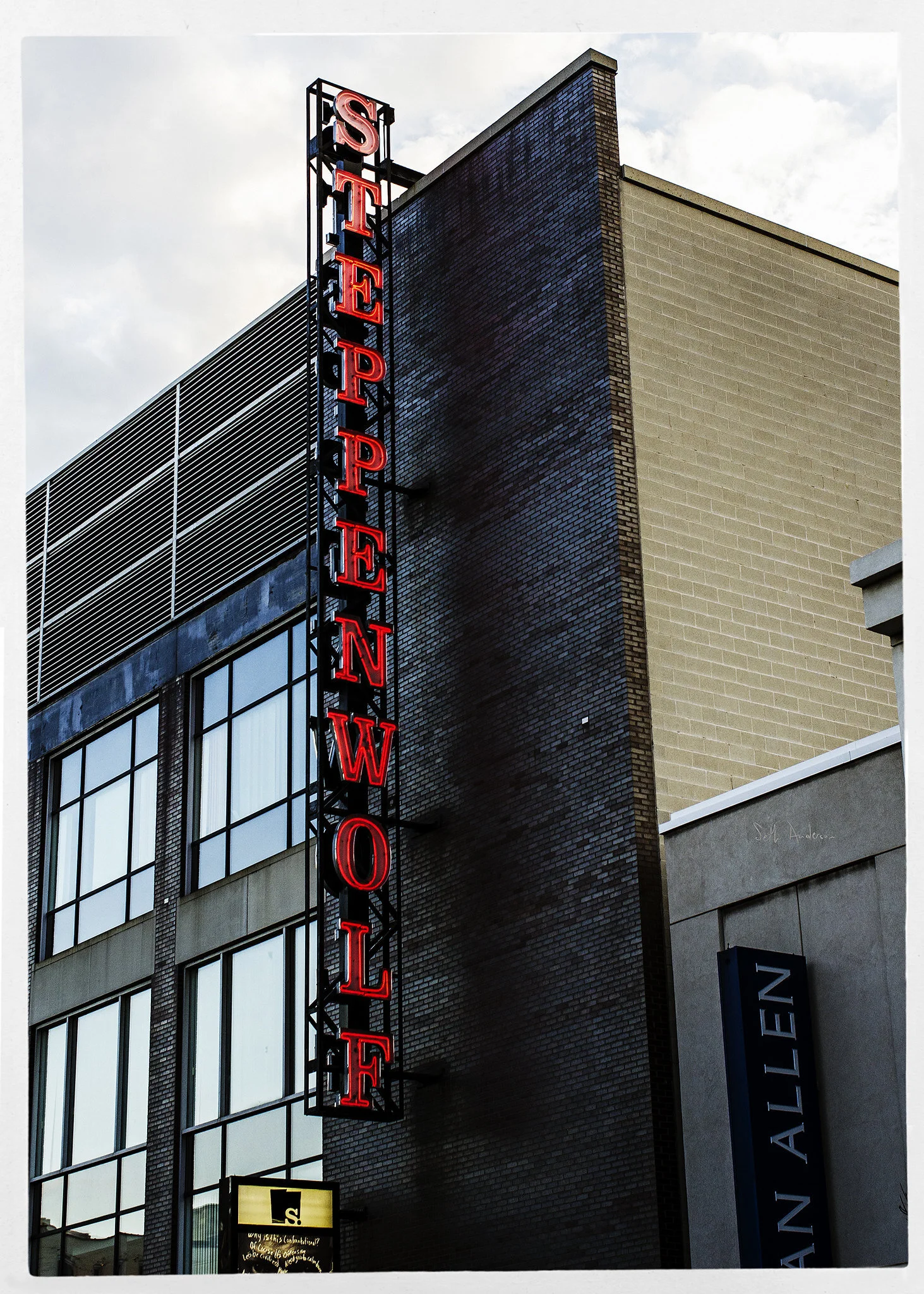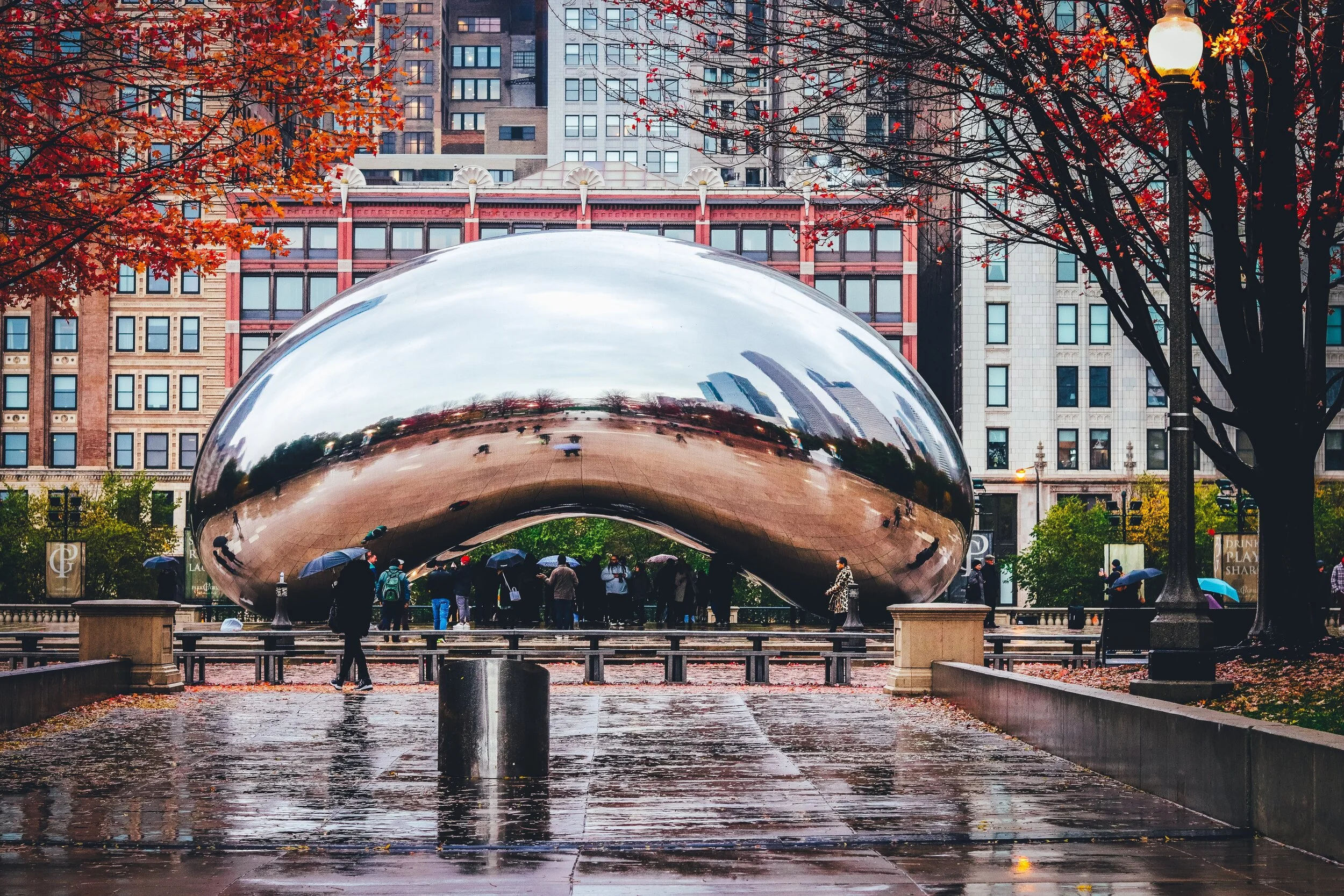Museums have increasingly begun to volunteer their spaces as polling places, acting as a democratic vehicle for their communities and adding to the greater fabric of America’s election infrastructure. In doing so, they can support local democratic processes and prove to their communities that they are not unbreachable temples for the elite, but open platforms for the people.
September News: Next Gen AI to Social Media Courtroom Drama
September’s headlines saw a change in temperature to the arts and tech worlds. Brand new AI programs hit the scene, making strides in multimodal capabilities, problem solving, and even scheming. Court cases and government bans have spelled doom for some social media platforms while giving a significant boost to others. Meanwhile novel methods of engaging with arts in communities are being tested, from state-level prescriptions to turning entire neighborhoods into galleries.
Transportation as Community Space: the Case for Public Art at Bus Stops
When bus stops are transformed from sterile slabs of concrete to works of site-specific art, they become arteries for cultural expression. This success is critical to the growth and overall health of communities, not just in the United States, but around the world. By connecting residents to their own cities, both literally and creatively, transportation authorities can become active cultural contributors. Could this approach work for Pittsburgh's Wilkinsburg borough?
Energy, Innovation, and the Role of Cultural Institutions
Investment in cultural facilities can be transformational within communities, and not just through the services they provide, the jobs they create, or the money channeled into the local economy. Cultural facilities can have tangible impacts on a community’s built environment and energy systems. To evaluate this complex relationship, it is useful to use a case study. This article focuses on the city of Pittsburgh, Pennsylvania - specifically, the Oakland neighborhood.
Can NFTs Be Used for Social Good?
“Social-good communities” in the NFT sphere are created with the intention of creating or uplifting a pre-existing community. Where business communities may arise through the context of the particular NFT collection, social-good communities strive to support a pre-existing (often) marginalized community or global crisis. This article covers the current state of community building and barriers to access through NFT marketplaces, ultimately suggesting the relatively unknown future of the ability of marginalized communities to find space and place in this ever-evolving network.
Digital Inequity's Impact on Arts Participation Pt. I
how does digital inequity impact the arts sector and how might the arts sector respond to the digital inequities in their communities? This research was compiled under the belief that the arts can have a role in combatting issues of equity and inclusion outside the field of arts and culture. The arts’ role in the broader public sphere can improve the lives of all members of a community. The hope for this research is to begin to understand how that can begin to take shape to address digital inequity.
Bridging the Digital Divide: Arts and Digital Placemaking
Public Art in Smart Cities: Community Connections
In the context of a smart city, the goal is not simply to install digital interfaces in traditional infrastructure or streamline city operations, but rather to use technology and data in a purposeful manner to facilitate informed decision-making and enhance the overall quality of life. Public art has the potential to connect people to their city and to each other; as well as connect them to the experience of the art itself.
The Need for Art in the Smart City
Technology Connecting ICH Motivations and Safeguarding Responsibilities
In an increasingly virtual work environment, digital technology is becoming a standard tool for creative industries. Cultural heritage work is no different. A broad variety of tools are being used to safeguard cultural heritage sites and objects, from partnering 3D modeling, drones and artificial intelligence for a preservation project on the Great Wall of China, to virtual reality being used to replicate and recreate the Dunhuang Caves. With the growing attention for intangible cultural heritage (ICH), it is important to explore what digital tools are being used for fulfilling intangible cultural heritage safeguarding responsibilities and what opportunities exist for other projects and their practitioners.
Intangible Cultural Heritage: Context and Digital Approaches for Safeguarding Efforts
Digitization efforts for cultural heritage are standard practice for institutions of all sizes, ranging from simple metadata records to elaborate 3D renderings of ancient sites. While the discussion of digitally preserving cultural heritage at large is prominent, the intersection of intangible cultural heritage and digitization practices requires specific recognition. This includes understanding intangible cultural heritage and its value for society. This article examines the emerging and evolving landscape of intangible cultural heritage, its global impact, and current efforts for safeguarding these intangible items in order to address how this field is being organized and used.
VR and Cultural Heritage Recreation
As museums and heritage attractions are restricted by distancing and capacity rule during the COVID-19 pandemic, digital strategies undoubtedly gather more interest than ever before. Virtual Reality (VR) has been put to use in the cultural sector a way to deliver exciting and immersive exhibitions. The communication between archaeologists and technicians is critical for the accuracy of the VR reconstruction and museums should work closely with their technology team and emphasize their obligation to public education in these creations. This insures that museums can keep the integrity of cultural heritage exhibits while providing an exciting and immersive educational experience of the past with technology that looks toward the future.
Fundraising as Activism through the Community-Centric Model
Currently, fundraising in the nonprofit sector uses a “donor-centric” model in which donors’ preferences for the organization’s direction are often prioritized over community needs. In the technology realm, donor centrism demands nonprofits’ use of advanced CRM systems to carefully track donors. Community-centric fundraising has emerged as an alternative that prioritizes community needs and social justice. Community-centric fundraising not only has the power to strengthen the fundraising profession as a form of activism, but its successful implementation means that the marginalized communities our organizations seek to serve will receive the attention, care, and justice they deserve.
The Case and Tools for Building Online Communities in the Arts
As the pandemic presses on, building stronger online communities can help arts organizations serve the immediate needs of all audience members now and increase access to art and community for audience members who prefer to participate from home in the future. Though no virtual platform can perfectly replace the organic community built by in-person interaction, virtual third places might create something similarly joyful and uniquely accessible to connect arts communities in times of pandemic-driven social isolation and beyond.
Third Place Theory and Virtual Platforms: How Arts Organizations Might Build Community Online
Arts organizations play important roles in their communities beyond providing access to art itself. Arts organizations are also valued venues for human connection. In LaPlaca Cohen’s Culture Track 2017, 68% of respondents indicated “interacting with others” as a draw for cultural participation, and about half of respondents in LaPlaca Cohen’s 2020 study, Culture and Community in a Time of Crisis, revealed desires for cultural organizations to communities “stay connected” during this time. These data points demonstrate that audiences look to arts organizations to not only foster connections through art, but also nurture communities beyond the art. One way to do this is by creating virtual third places. While arts organizations are unlikely to build entire VR-based worlds for their patrons, arts administrators might consider how to adapt existing platforms to help reproduce some if not all of the socially-leveling, conversation-focused environments they’ve worked to cultivate in their physical spaces.
Young, Diverse, and Loyal: Engaging a New Audience
Many institutions are rethinking their approach to diversity in the light of renewed protests in support of the Black Lives Matter movement. Theatre companies throughout the nation are a part of this wave, rethinking everything from season planning to staff structure. Yet one of the largest issues at hand is the lack of diversity in audiences. Theatre audiences are dwindling, and those audience members that remain tend to fall into a very narrow set of demographics: usually older, white, and affluent. Theatre companies will have to reach out to new groups If they want to continue working and thriving well into the future.
Build Interactivity into Public Art: Technology Interventions
One key element that differs public art from art produced for display in museums and galleries is that public art is often site-specific. It is critical to make public art more reflective of the place and community in which it resides through interactive and participatory approaches. How can technology contribute to the systems and interventions designed to drive public engagement?
Building Interactivity into Public Art
Do you think that interactivity can improve an audience’s relationship with public art? One key element that differs public art from art produced for display in museums and galleries is that public art is often site-specific, meaning it is created in response to the place and community in which it resides. Therefore, creating public art needs a certain level of customization to the physical local environment.
Virtual Solutions in the Arts During Covid19
Over the last week, society has faced unprecedented territory with the increasing spread of Covid-19. As communities quarantine themselves and take precautions against greater spread, arts and cultural organizations are joining in the effort by closing their doors. Amidst all of this, arts managers are coming up with creative solutions to offer their content and services to the public Now, more than ever, the arts must rely on technology to deliver their content. Below is a sampling qua starter list of virtual responses to Covid19 to date (March 17, 2020).
Beyond Livestreaming: Remote Theatre Attendance through Virtual Reality (VR)
Virtual Reality technology is increasingly more sophisticated and powerful, and it’s predicted to fully hit the mainstream within the next year. In the performing arts VR has been adopted slowly, most commonly used for immersive experiences. However, there may be a lost opportunity: institutions can use VR simply to grow audiences.


